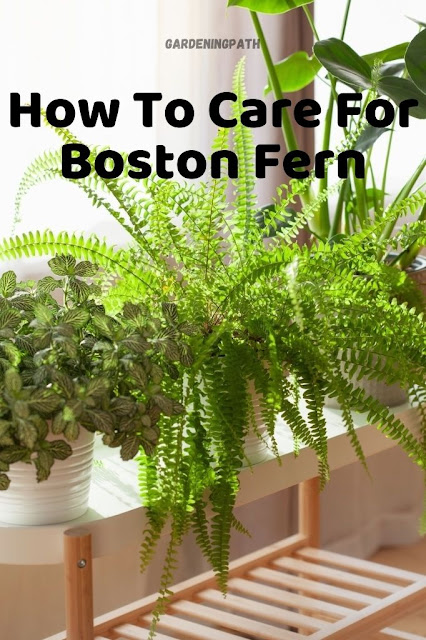How to Care for Heartleaf Philodendron | Plant Care
Botanical Name: Philodendron scandens
Common Name: Philodendron Heartleaf, Sweetheart Vine
If there were ever a plant that’s perfect for people who are terrible with plants, it’s the sweetheart or heartleaf philodendron. Not only are they easy to keep healthy but they come in a variety of beautiful shades and can be kept as cheerful, bushy plants or graceful trailers. Heartleaf philodendron is a popular house plant because it is extremely easy to grow.
The Philodendron Heartleaf is a fast-growing, easy, vining plant. Its graceful, heart-shaped leaves are dark and glossy green in color but almost look transparent at times. Native to Africa and the Canary Islands, the Heartleaf can be grown as a trailer or climber. This full, trailing plant is perfect on top of bookshelves or in a plant hanger where its vines can ‘spill’ out.
The Philodendron Heartleaf is incredibly forgiving and will tolerate all kinds of neglect including low light, poor soil, and inconsistent watering. This is a great first-time houseplant or gift for anyone who wants to enjoy the natural beauty of plants without a lot of maintenance.
How To Care Heartleaf Philodendron
Growth
Some philodendron species truly get huge and this genus of flowering plants often features plants with huge leaves. Philodendron selloum, aka Philodendron bipinnatifidum comes to mind.
As for Philodendron hederaceum, an evergreen climber, it can grow to 3-6 meters (10–20 feet) tall. In indoor environments, hence when kept as a houseplant, a height of 3 meters can be achieved but only when your plant has support from growth aids such as moss poles.
Sunlight
Philodendrons do just fine in low light conditions, one of the best aspects of their versatility. Plants that receive medium or indirect light, however, will grow faster and produce more leaves. Philodendrons should not be placed in direct sunlight.
Soil
Any quality potting soil will do as long as it is well-draining. You can also mix Perlite, sterilized garden loam, or coarse sand with half the amount of peat moss for your own soil.
Humidity
As a tropical plant, Heartleaf Philodendron prefers high humidity. However, the plant is not very delicate in this respect and even if the humidity should be not all that high, the chances of survival of your plant are still pretty good.
Since mimicking the natural environment of any houseplant usually gives the best results, it is still a good idea to give your heart-shaped philodendron a high level of humidity as this will promote the healthy growth of your plant.
Water
Keep the soil lightly moist spring through fall. Allow the surface to dry out between waterings in winter. Yellow leaves are caused by overwatering. Always use tepid water for your houseplants because cold water is a shock to these tropical natives.
Temperature
Heartleaf philodendrons grow well in temperatures between 70°F-80ºF (24C°-27ºC) during the day and above 55º F (13ºC) at night.
Fertilizer
Feed monthly in the spring and summer with a basic houseplant food diluted to 1/2 the recommended strength. Fertilize every other month in the fall and winter. Heartleaf philodendrons are fast-growing plants and need quite a bit of plant food, but should be fertilized only when they are actively producing new leaves.
Repotting and Pruning
If your darling is outgrowing its pot, it may be time to move to a slightly larger one (no more than two inches larger than the original.) You might need an extra pair of hands if your heartleaf has been growing long, trailing vines, or crawling up the wall!
Make sure to water it thoroughly the day before you mean to repot it. This reduces stress and makes the transition easier. Though this philodendron usually doesn’t require much pruning, now is a good time to prune any stunted growths, trim to desired lengths, and check the root ball for rot. Gently work the roots apart to stimulate new growth.
After transferring to the new residence, saturate the soil until the water freely exits the bottom of the pot. I hope you remember to use well-draining soil so it doesn’t compact too much with each watering.
Propagation:
The best time to take stem tip cuttings is during spring or early summer. Place the stem in water or moist soil and they should root quite easily.
Common Problems
This is generally a very easy-going plant.
SYMPTOM: Leaves turn yellow and drop
CAUSE: Overwatered
SYMPTOM: Wilting
CAUSE: Under watered
SYMPTOM: Soft or black stems
CAUSE: Rot or root disease
Precautions
Poisonous but non-lethal sap causes skin irritation and burning of the mouth if ingested. The best practice is always to keep houseplants out of reach of small children and pets.




Comments
Post a Comment